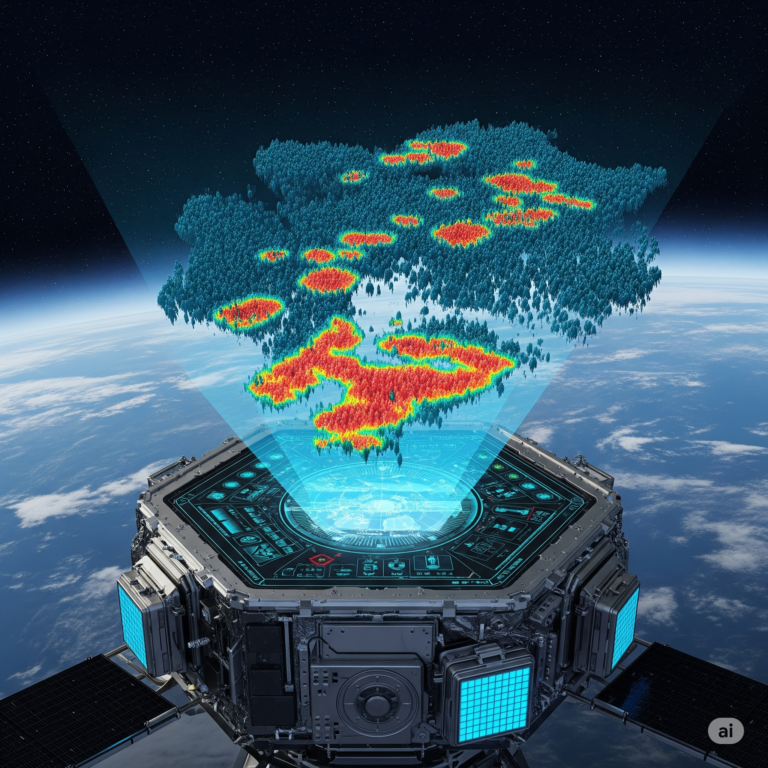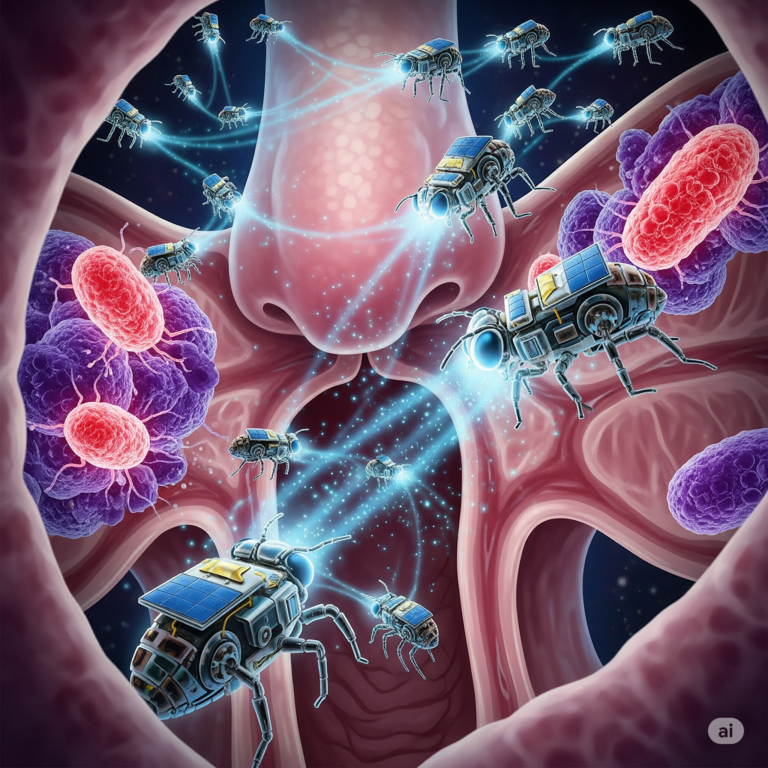In a world increasingly shaped by innovation, wearable technology has become one of the most promising areas in healthcare and assistive devices. A groundbreaking development has emerged from the intersection of e-textiles, magnetic field sensing, and AI-driven systems: washable, touchless electronic textiles. These innovations are designed not just for convenience or fashion but for social impact—most notably, helping individuals with visual impairments interact with digital environments in intuitive and meaningful ways.
One such innovation, the “Braille KeyGlove,” exemplifies this shift. Developed by researchers at Nanyang Technological University (NTU), the glove enables users to type Braille using one hand and convert the inputs into readable text via Bluetooth.
This blog explores the technology behind this innovation, its significance, and the potential of AI-powered e-textiles in shaping a more inclusive world.
Understanding Touchless E-Textiles
What Are Touchless E-Textiles?

Touchless e-textiles are advanced fabrics integrated with conductive materials that can sense proximity or gestures without physical contact. These textiles can communicate with external devices using magnetic fields, creating seamless human-computer interfaces.
Key Features:
- Washable & Durable: Unlike older electronic fabrics, these are designed to withstand regular washing cycles.
- Magnetic Field Sensing: Enables interaction without needing to press or swipe.
- Low Power Consumption: Ideal for wearable applications.
- AI Integration: Can process user behavior for predictive interaction.
The Braille KeyGlove: A Game Changer
What is the Braille KeyGlove?
The Braille KeyGlove is a wearable assistive device enabling visually impaired users to input Braille characters using only one hand. The glove translates specific finger combinations into text that can be transmitted wirelessly to smartphones, computers, or tablets via Bluetooth.
How It Works:
- Each combination of fingers represents a Braille character.
- Pressure sensors detect the combinations.
- An onboard microcontroller processes the input.
- Text is transmitted in real-time via Bluetooth.
Benefits:
- Portability: It eliminates the need for bulky Braille keyboards.
- One-Handed Use: Offers flexibility and mobility.
- Real-Time Communication: Can be used for texting, note-taking, and education.
Assistive Technology Beyond the KeyGlove
NTU’s Broader Vision
Although there is currently no evidence of an NTU project converting full sentences into Braille using AI-integrated gloves, NTU’s ongoing research suggests a long-term commitment to accessibility. The use of AI in assistive technology is not just about creating new tools but enhancing their usability, contextual awareness, and personalization.
The Role of AI in Assistive Wearables
AI can:
- Predict user intent through behavior analysis.
- Customize the glove’s responses based on usage patterns.
- Enable multilingual Braille translation in real time.
Impact on the Visually Impaired Community
Real-World Applications
- Education: Students can take notes independently.
- Communication: Improved text-to-speech and voice-command integration.
- Navigation: Combined with GPS, the glove can guide users.
Social Inclusion
This type of innovation doesn’t just meet a functional need. It empowers a community historically underserved by tech innovation, helping bridge the digital divide.
Technical Challenges and Future Potential
Current Limitations:
- Battery life in wearable tech.
- Sensor calibration for high accuracy.
- Limited real-time Braille-to-text AI applications.
Future Research Directions:
- Integration with NLP for sentence prediction.
- Speech-to-Braille feedback loop.
- Cloud-based AI to personalize learning patterns.
Conclusion: Shaping an Inclusive Tech Future
The fusion of magnetic field sensing, washable e-textiles, and AI promises a new age of accessible technology. While the Braille KeyGlove is still in its developmental stages, it symbolizes a broader shift towards empowering individuals with disabilities. With continued innovation, collaboration, and ethical AI deployment, assistive technology can become not just functional but transformative.









+ There are no comments
Add yours